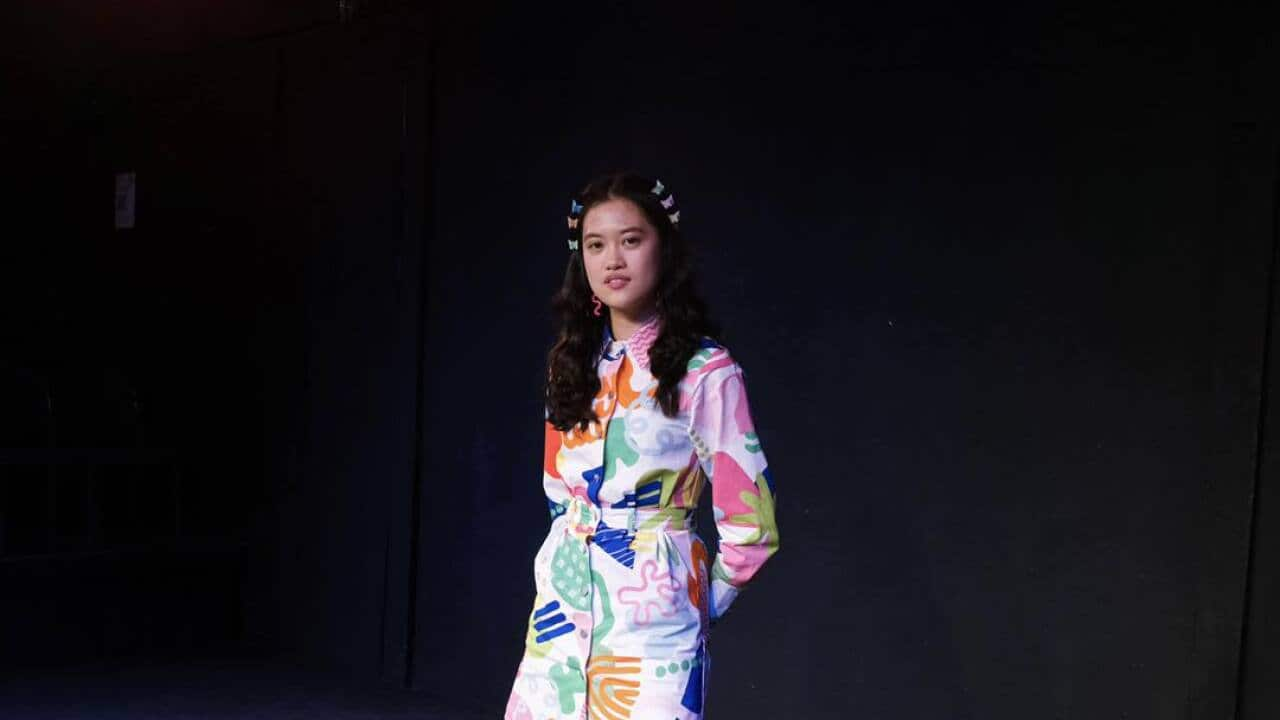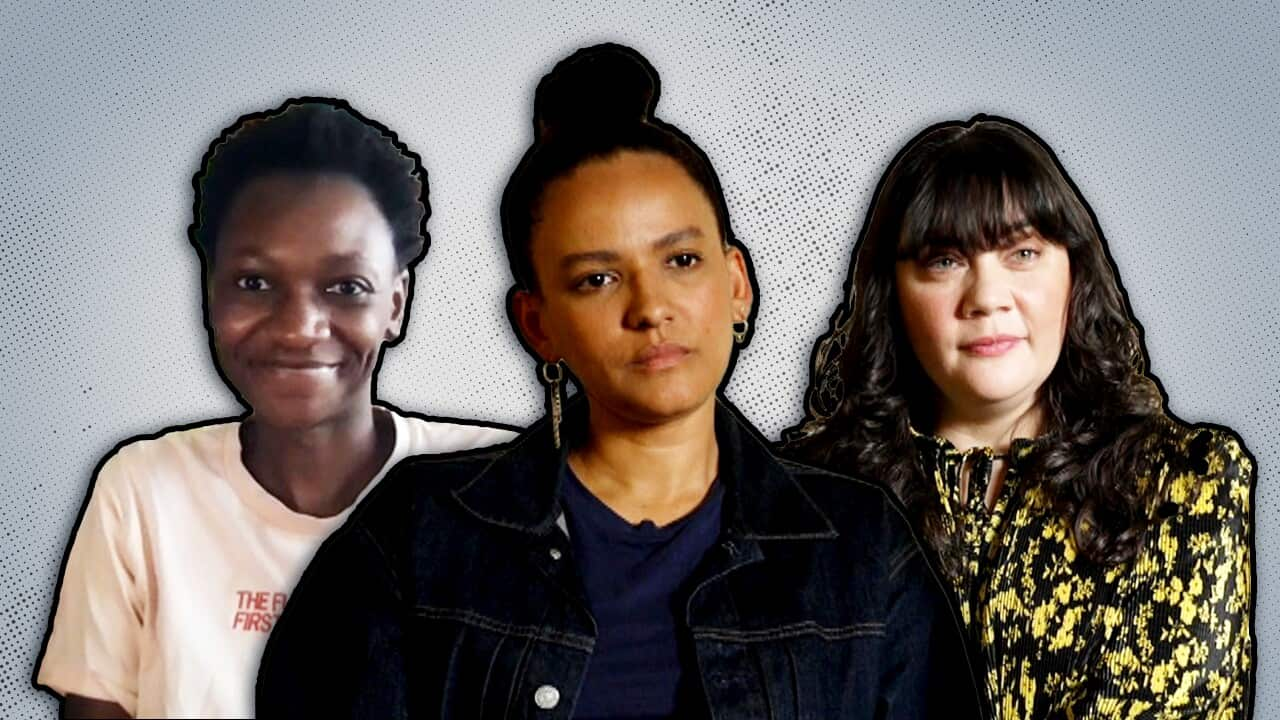Key Points
- Between 2016 and 2021, First Nations representation increased from 4.8 per cent to 7.2 per cent.
- While 11 per cent of the Australian population identifies as LGBTIQ+ just 7.4 per cent of the characters on our TVs do.
- People with disabilities are some of the least well represented in terms of being represented in proportion to society.
Asian-Australian actor Tiffany Wong said she knows she has fewer opportunities to snag roles in Australian television shows than her Anglo colleagues, but she is hopeful of a shift in the way people are cast in the country.
"I know that a lot of my friends who come from an Anglo background definitely have a lot more opportunity than I do," the Sydney-based actor said.

The report shows higher representations of First Nations, LGBTIQ+ and non-Europeans reflected on Australian TV shows. Credit: Screen Australia
The report analysed more than 3,000 main characters from more than 360 Australian TV dramas broadcast between 2016 and 2021. It found that while diversity had improved, more work needs to be done.
Screen Australia's Seeing Ourselves 2: Diversity, Equity and Inclusion in Australian TV Drama report is a follow-up to the landmark 2016 study, Seeing Ourselves.
“When we did it in 2016, I think we were a real outlier, whereas now it is really on the agenda for every production company and distribution entity I know," Screen Australia CEO Graeme Mason told SBS News.
Improving, but still 'a long way to go'
"We're nowhere near yet getting to parity of population, but things are definitely improving with particular note First Nations is hitting it out of the ballpark, which is great," Mr Mason said.

The reboot of the mid-90s Australian TV series Heartbreak High was celebrated for featuring a diverse range of characters. Credit: ELISE LOCKWOOD/NETFLIX
There were also more LGBTIQ+ characters - that figure rising to 7.4 per cent - but falling short of reflecting their 11 per cent share of the real population.
Non-European representation surged from 6.9 per cent to 16 per cent - but still didn't reflect the quarter of the population they make up.
A number of communities remain under-represented on-screen compared to population benchmarks, particularly people with disabilities and older people.
People with a disability underrepresented
And while characters with disabilities became more prominent - up from 3.6 per cent to 6.6 per cent - that is still almost three times lower than the population that live with disabilities.
"I still want to see more ... It’s so clearly not representing the 18 per cent of Australians who say they have some form of disability," Mr Mason said.
A cultural shift in casting of characters
Ms Wong said while she had noticed more diversity in casting in Australia in recent years she was not surprised to find the representation of Australia's diversity lacking on TV screens.
She said society as a whole needed to be more open to the possibilities of how characters may appear or sound.
“It's not just production companies wanting to tell new diverse stories, but it's also about casting directors or directors being open to having diverse talent, even when it's not a story about a particular ethnic background or particular family,” Ms Wong said.
“I think it's just a hard thing where it's just a sort of cultural shift and some people aren't used to seeing other people on screen and some people aren't used to seeing themselves on screen as well.”
Matters not only culturally, but commercially
"Audiences want to see themselves. So if you're trying to sell ads, or you're trying to ensure you've got subscriptions, this is not just some good to have thing, it actually works on all three areas, culturally, creatively, commercially," Mr Mason said.
While he acknowledged "we do have a way to go," Mr Mason said "we are really beginning to see changes in this space," and hoped Australian content would eventually "reflect the full picture."











